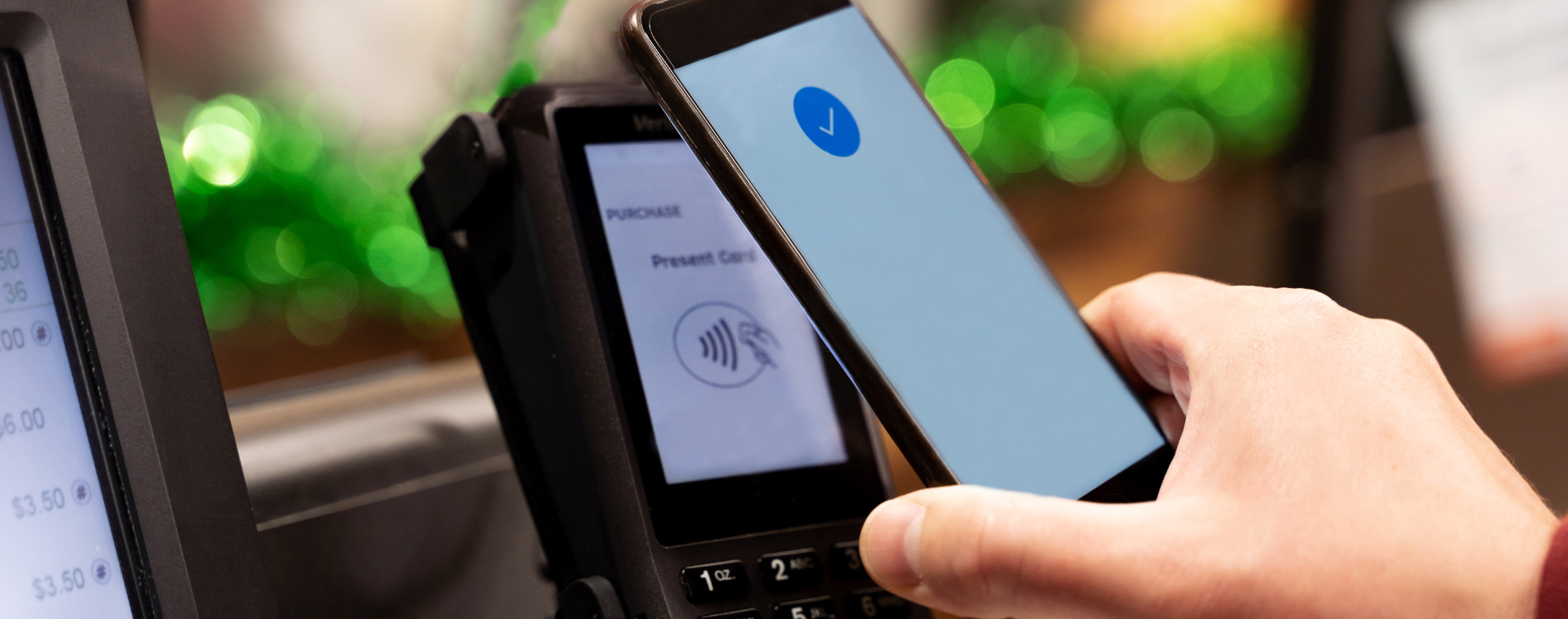

The retail landscape is rapidly evolving, driven by technological advancements that promise to make shopping faster, more convenient, and increasingly automated. However, a common misconception persists, older consumers are resistant to adopting these new technologies. At Savanta, our latest research debunks this myth, revealing that age is not the barrier to tech adoption in retail that many assume it to be.
Contrary to popular belief, older generations are not shying away from retail technology. Our European Consumer Compass report shows that significant percentages of Gen X (22%) and Baby Boomers (15%) are embracing ‘scan as you shop’ technology within the grocery sector. While their adoption rates are lower than those of younger generations, these figures underscore a growing openness to integrating retail tech into their shopping routines. The desire for convenience and speed transcends age, making it clear that older shoppers, like their younger counterparts, value efficiency.
Yet, there’s a twist. While older generations are indeed embracing technology, they’re also expressing concern about the potential loss of human interaction. The worry that self-service could become the sole shopping option is very real across all age groups, highlighting the need for a balanced approach in retail. For instance, while a cashier-less store might appeal to 18% of Gen Z and Millennials when buying clothes, the adoption rate drops significantly among Gen X (10%) and Baby Boomers (4%). This indicates that, particularly for more personalised shopping experiences, the presence of human interaction remains crucial.
This sentiment is even stronger in the context of healthcare. A substantial 71% of Baby Boomers, and 52% of Gen X report they would not use self-service options to organise their healthcare needs. This contrasts sharply with the younger generations, where only 27% of Gen Z and 35% of Millennials share this reluctance. These findings suggest that while older consumers are open to retail technology, their acceptance is more selective, particularly in areas where trust and personal interaction are paramount.
Interestingly, both older and younger generations agree that low usage of self-service technology isn’t driven by difficulty of use, but rather than a lack of personal connection. Our research reveals that 72% of Baby Boomers and 61% of Gen X, as well as 58% of Millennials and 53% of Gen Z, have stated that they prefer to be served by a person. This commonality between the youngest and oldest of Europe’s consumers highlights a broader issue: the value of human interaction in the retail experience, which technology alone cannot replace.
Moreover, the concern that self-service will soon become the only option is shared across generations, further emphasising the importance of maintaining a human touch in retail. Over half of each generation expressed a preference for being served by a person rather than relying solely on technology, with this preference being strongest among the older generations. For instance, 72% of Baby Boomers prefer human interaction, compared to (a still significant) 53% of Gen Z.
In a time where every customer counts, brands need to leverage technology in ways that enhance, not replace, the shopping experience. By understanding and addressing the unique needs and concerns of different age groups, retailers can create a more inclusive and satisfying shopping environment.
Discover more surprising insights in our European Consumer Compass report, where we decode consumer behaviour and technological trends to help your brand stay ahead.






